Introduction: A Cost Estimation of App Development
Estimating the cost of developing a mobile app can be challenging. The final price depends on many factors, such as the app’s complexity, design needs, and the development team’s location and expertise. For UK businesses, understanding these costs is crucial for effective budgeting and successful app projects.
As mobile phones and apps become increasingly common, many businesses are looking into how an app could benefit them. However, determining the actual cost of app creation can be complex. Each stage of app development—from initial design to final testing and launch—incurs its own costs.
In this blog post, we will explain the various elements that contribute to the cost of making an app. We’ll look at how factors like app complexity, design type, and team choice influence pricing, and provide average costs for different types of apps. We’ll also offer tips on managing and potentially reducing these costs. Whether you’re a business owner planning a new app or just interested in app development costs, this guide will help you make informed decisions.
Factors Influencing How Much It Costs to Make an App
Understanding the factors that influence app development costs is essential for accurate budgeting and project planning. Here’s a breakdown of key elements that affect costs:
App Complexity
The complexity of an app significantly impacts its cost. Apps are generally divided into three categories based on their complexity:

Simple Apps
These have basic features like user login, simple forms, and minimal interactivity. Examples include a basic to-do list app or a simple informational app. These apps are relatively inexpensive to design and develop, usually costing between £5,000 and £8,000.

Medium Complexity Apps
These include more advanced features like user profiles, third-party integrations, and sophisticated UI elements. Examples might be a basic e-commerce app or a standard social media app. Costs for these apps generally range from £8,000 to £20,000.
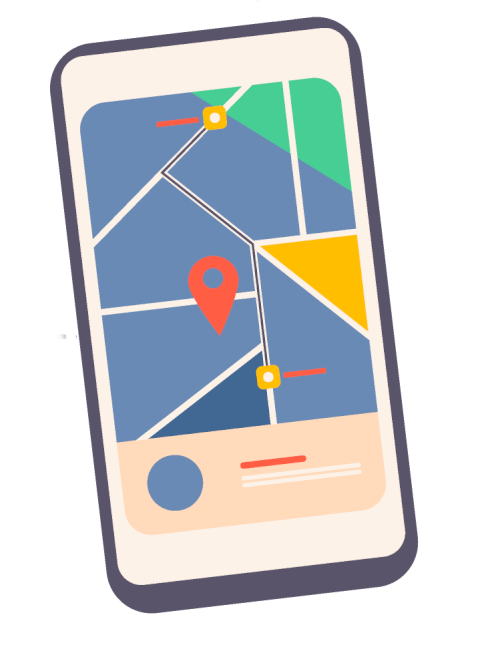
Complex Apps
These apps usually have advanced features like real-time data updates, complex mapping tools, different user roles, and detailed backend systems. A good example would be a large logistics or delivery management app that includes live tracking, route planning, and scheduling. The cost to develop these types of apps usually starts at £20,000 and can go beyond £50,000
Design Type
The design type chosen can also affect the overall cost:
- Custom Design: Offers a unique look tailored to your brand but often comes at a higher price due to the detailed and original work required. This option is best for businesses seeking a distinctive user experience but can be more expensive.
- Native Design: Adheres to the design guidelines of the platform (iOS or Android), which can simplify development and reduce costs. While this method ensures consistency and potentially better performance, it may limit design creativity. Native design is usually less expensive than custom design.
Team Type
The choice of team has a significant impact on the cost to make an app:
- In-House Team: This option provides greater control and easier collaboration but can be more expensive due to salaries and overheads. It is ideal for projects that require close coordination and ongoing involvement.
- Local Software Company: A local custom software company offers strong expertise in app development and a good understanding of various industry sectors. They facilitate easy communication and frequent updates, which helps keep the project on track. This option is often less expensive than hiring an in-house team, making it a practical choice for businesses that need reliable local support without the high costs of maintaining an internal team.
- Freelancers: Freelancers can be a cost-effective choice, particularly for smaller projects or tight budgets. However, the quality of work can vary, and managing freelancers may require extra effort. Additionally, once the project is completed, freelancers are often unwilling or unable to offer further support.
- Outsourcing Agencies: Outsourcing to agencies in countries with lower costs can save money initially, but these savings might only be short-term. These agencies often offer a wide range of skills at a lower price, but managing them can be difficult because of time zone differences and communication issues. Over time, these challenges might lead to delays or misunderstandings, which can increase costs in the long run.
Choosing an Experienced Bespoke Software Company
BSPOKE Software has over 15 years of experience in developing custom mobile applications for various industries. We focus on understanding each business’s unique needs and use our expertise to deliver high-quality solutions. Most of the apps we create are part of larger systems tailored to specific business needs. Because of this, we work on an hourly rate basis, which ensures transparent pricing and flexibility throughout the development process. Here are some examples:
- Secondary Glazing Manufacturer: We developed an ERP system with a mobile app for their delivery staff.
- Food Packaging Manufacturer: We created an ERP system with a tablet app for their factory team.
- Asbestos Management Company: We built a system with a tablet app for inspectors working in the field.
Case Study: Sweet Causes (Android and iOS)
Sweet Causes, a UK-based confectionery company, needed to improve their operational processes. They previously managed their network of collectors and canvassers with spreadsheets, leading to significant administrative work and manual route plotting.
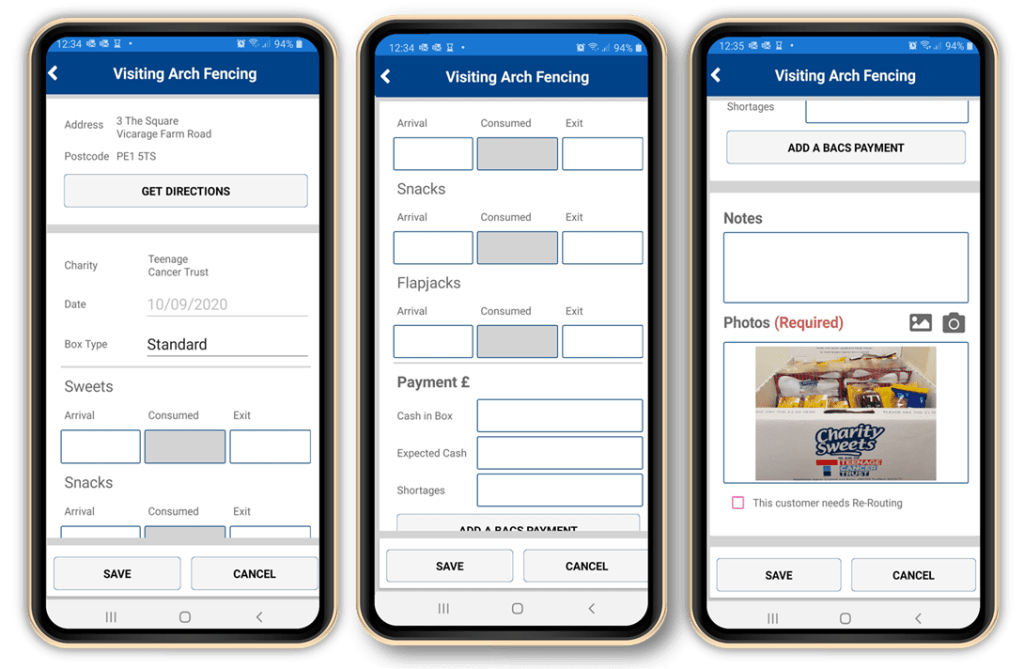
We developed a desktop application for office staff and a cross-platform mobile app for collectors and canvassers. The mobile app allows collectors to view routes and input data on the go, eliminating paperwork. To see how these solutions transformed their operations, read the full case study.
Ready to begin your app development journey? Contact us today to discuss your project. Let’s create a solution that fits your budget and exceeds your expectations.
Development Stages Time Estimates
Understanding the time needed for app design and development is crucial for accurate budgeting and planning. Since the hours required can change depending on the size and complexity of the project, using percentages is a clearer way to see how time is divided among different stages. Here’s a breakdown of the key components and their typical time allocations as percentages of the total project effort:
App Development Stage – Requirements Analysis
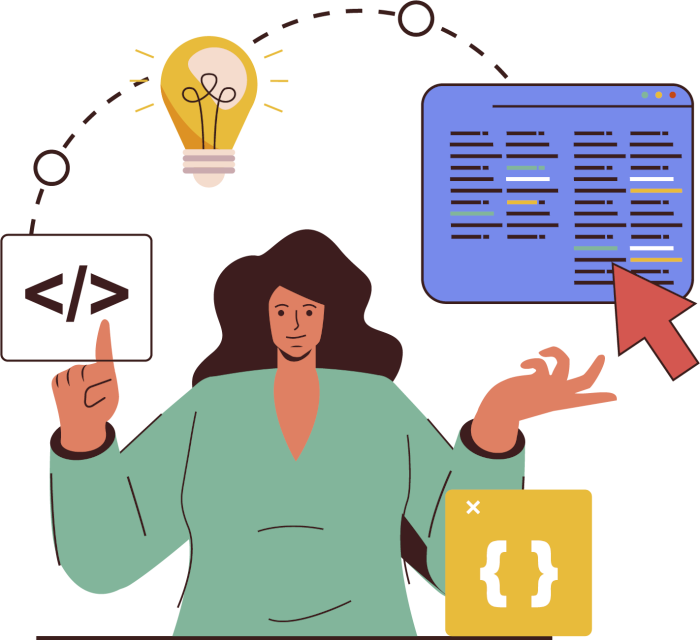
In the requirements analysis phase, a custom software consultant focuses on understanding the specific needs of the business and project. This involves gathering detailed information about business processes, objectives, and user requirements to ensure the app aligns with the intended goals. This stage typically accounts for about 10-15% of the total project time, depending on the size of the project. It is essential for establishing a clear foundation for the app, ensuring it meets all business and user needs effectively.
App Development Stage -Design
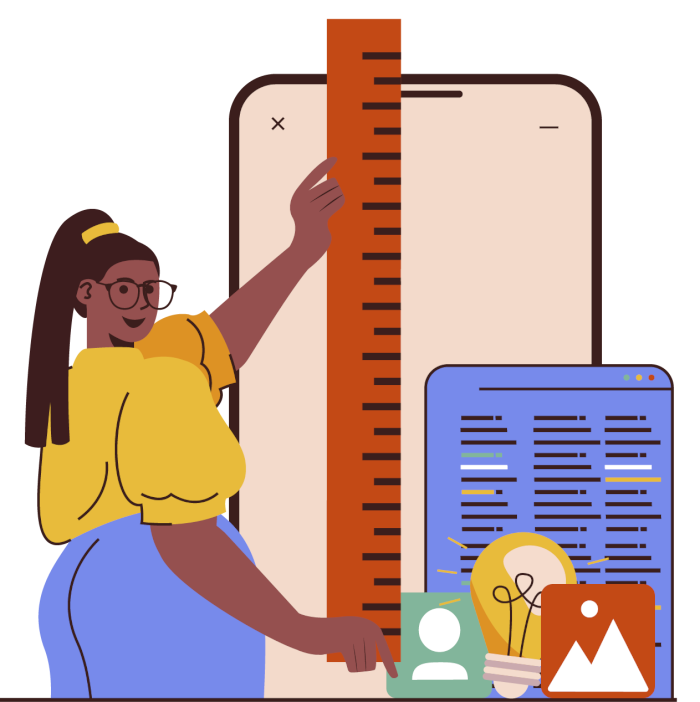
During the design phase, the company creates and tests prototypes to explore various design ideas and functionalities. This process includes developing wireframes, mock-ups, and defining colour schemes and animations. Additionally, detailed plans are written up to help developers understand how the app should look and work. This stage usually represents around 25-30% of the total project time. It is crucial for visualising the app’s user experience and interface, allowing for necessary adjustments before development begins.
App Development Stage – Development

In the development phase, the company focuses on coding and building both the back-end and front-end of the app, integrating APIs, and ensuring the app functions as intended. This stage generally makes up about 45-50% of the total project time and includes time for concept development and refinement. Development is crucial for the app’s functionality and performance, requiring skilled developers to ensure the app is robust and scalable.
App Development Stage – Testing
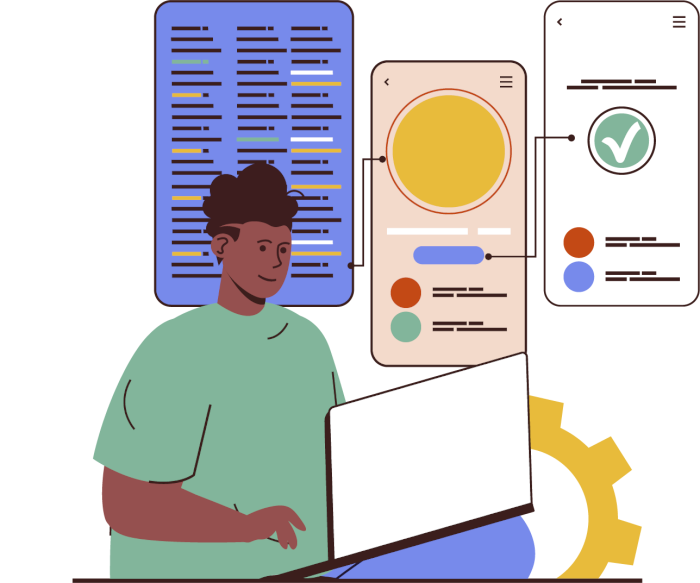
The testing phase involves evaluating the app to identify and address any design flaws or usability issues. This includes using various testing methods to ensure the app performs well in different scenarios. This phase typically comprises around 10-15% of the total project time. Thorough testing is vital to ensure the app is free from major issues and performs effectively before its launch.
Agile Method
The agile method is commonly used in software and app development, meaning that the stages above are not strictly completed one after another. Instead, the process is iterative and flexible. In agile development, work on design, development, and testing can overlap and be revisited multiple times. This approach allows teams to adjust and refine the app based on continuous feedback and changing requirements throughout the project. By breaking the work into smaller, manageable chunks and regularly reviewing progress, the agile method helps ensure the final product better meets user needs and expectations.
Additional Costs
- Maintenance: Ongoing costs for bug fixes, updates, and performance monitoring, typically 15-25% of the original development cost per year.
- GDPR Compliance: For apps operating in the UK or Europe, additional costs for data protection and legal consultations.
Mobile Platforms
Choosing the right platform for your app significantly impacts development costs.
Android Development
For Android development, the process involves building an app that functions across a wide range of devices with various screen sizes and operating system versions. This requires additional time for compatibility testing and a fee (£25 at the time of writing) for listing the app on the Google Play Store. Development typically uses tools such as Java or Kotlin along with Android Studio, which can affect the overall cost.
iOS Development
In contrast, iOS development focuses on creating an app for Apple devices, which have standardised hardware. The development and testing process is generally more straightforward due to the uniformity of Apple’s ecosystem. However, there is a (£79 at the time of writing) annual fee for the App Store, and the development tools used include Swift or Objective-C and Xcode. While the process may be simpler, these factors still contribute to the overall costs.
Cost-Saving Tips
Prioritising Features with a Core System
To keep costs down, start by developing an app with only its core features. This approach focuses on building a basic version of your app that includes just the essential functions needed for launch. By prioritising these key features, you can reduce overall development costs, speed up the time it takes to start using your app or bring it to the market, and minimise risks. It’s important to concentrate on these essentials first and then refine and add additional features based on user feedback after the initial launch.
Cross-Platform Development
Another effective cost-saving strategy is to develop an app that works on both Android and iOS using a single codebase. This cross-platform approach saves time and lowers development costs because you’re not building separate apps for each platform. Tools like React Native, MAUI and Flutter can help achieve this, providing a consistent user experience across devices while keeping development streamlined.
Don’t Create an App at All!
Sometimes, the best solution isn’t an app but a web-based system. Many of our clients opt for a comprehensive web solution instead of a mobile app. This allows their entire system to be accessible online, meaning staff can use it from any device with internet access, whether in the office or out in the field. A web-based system can be more cost-effective and flexible, providing a seamless experience for users without the need for a dedicated app. If you’re interested in exploring this option or need help determining the best solution for your business, get in touch with us today.

